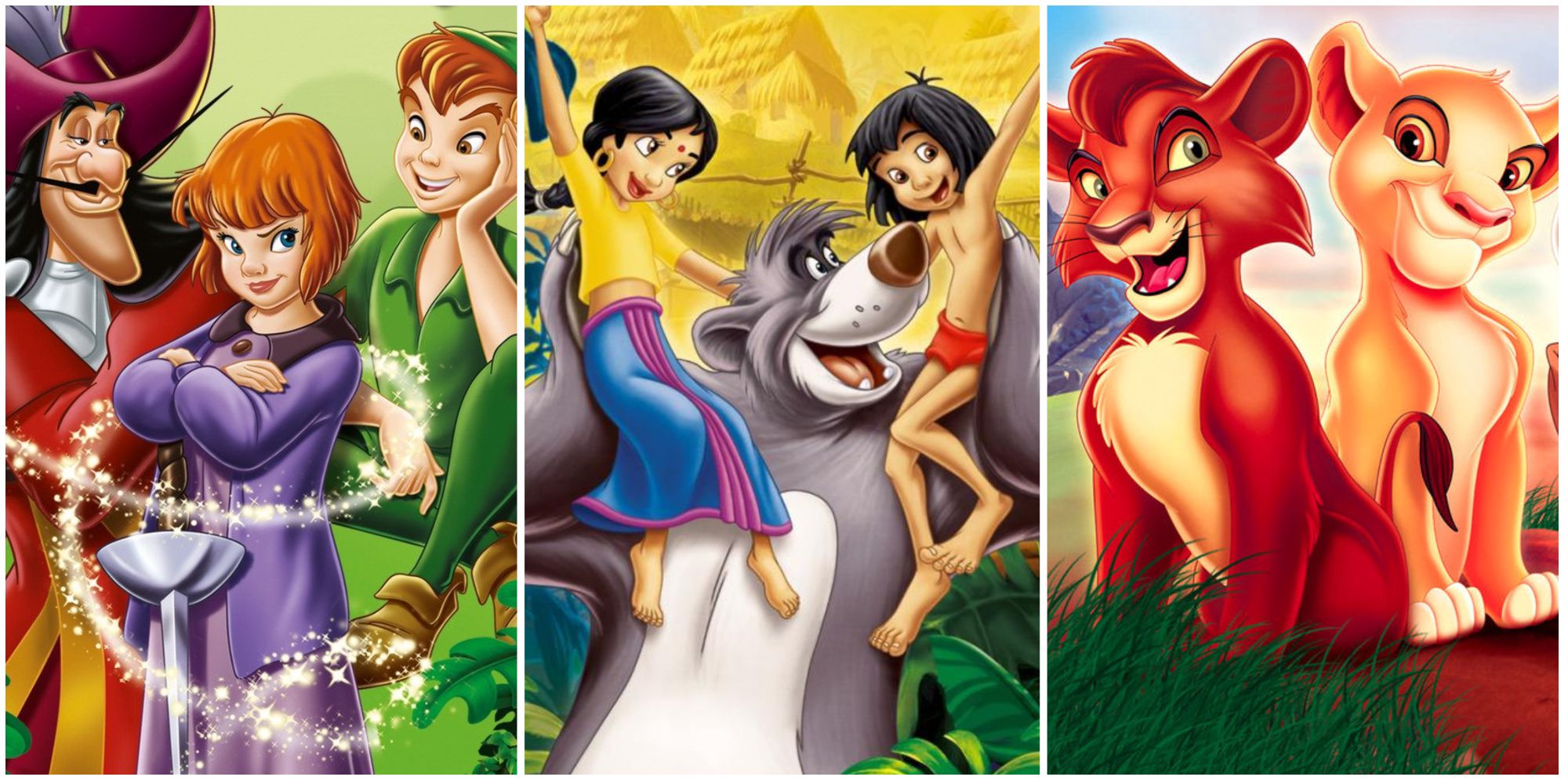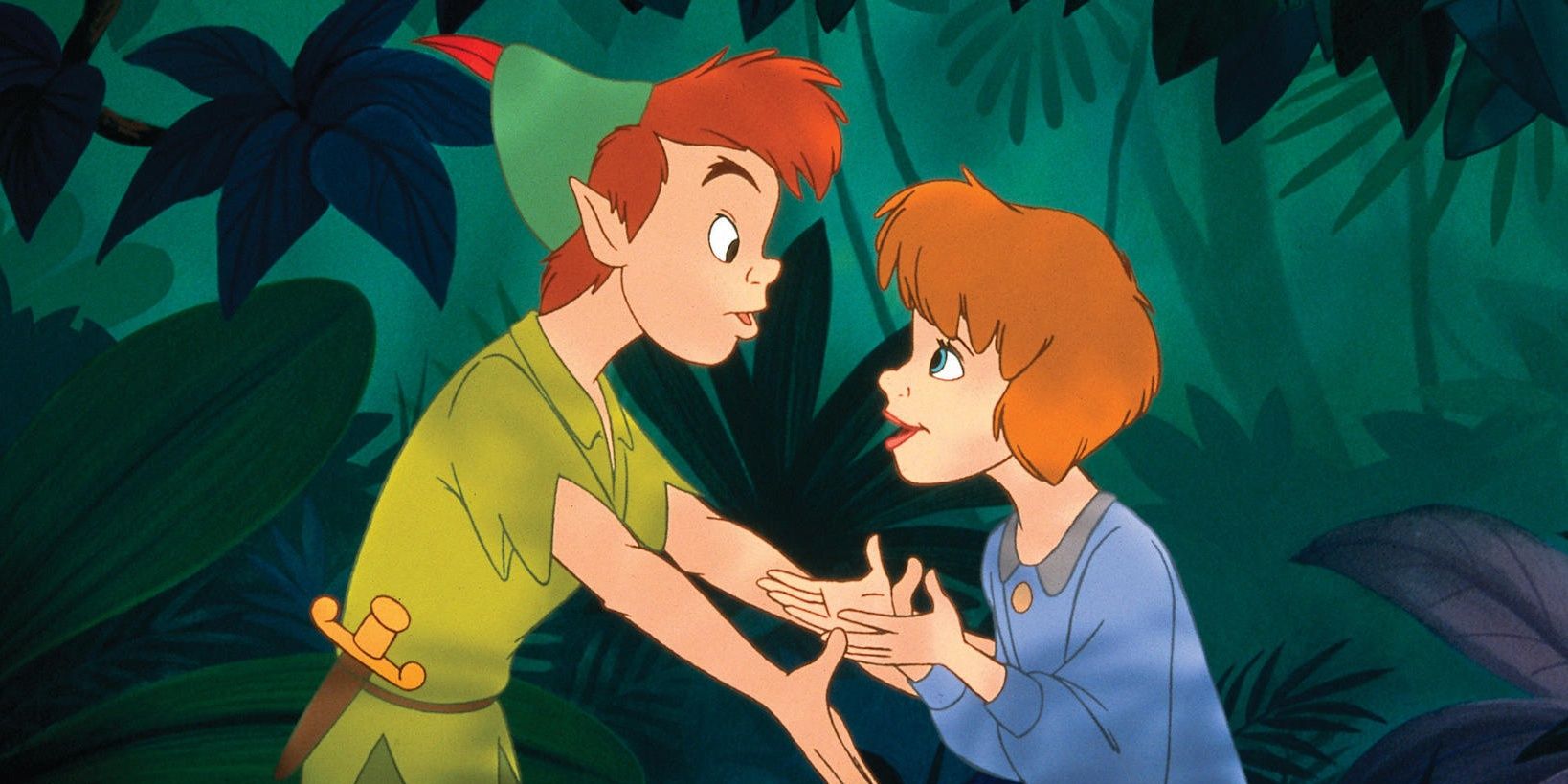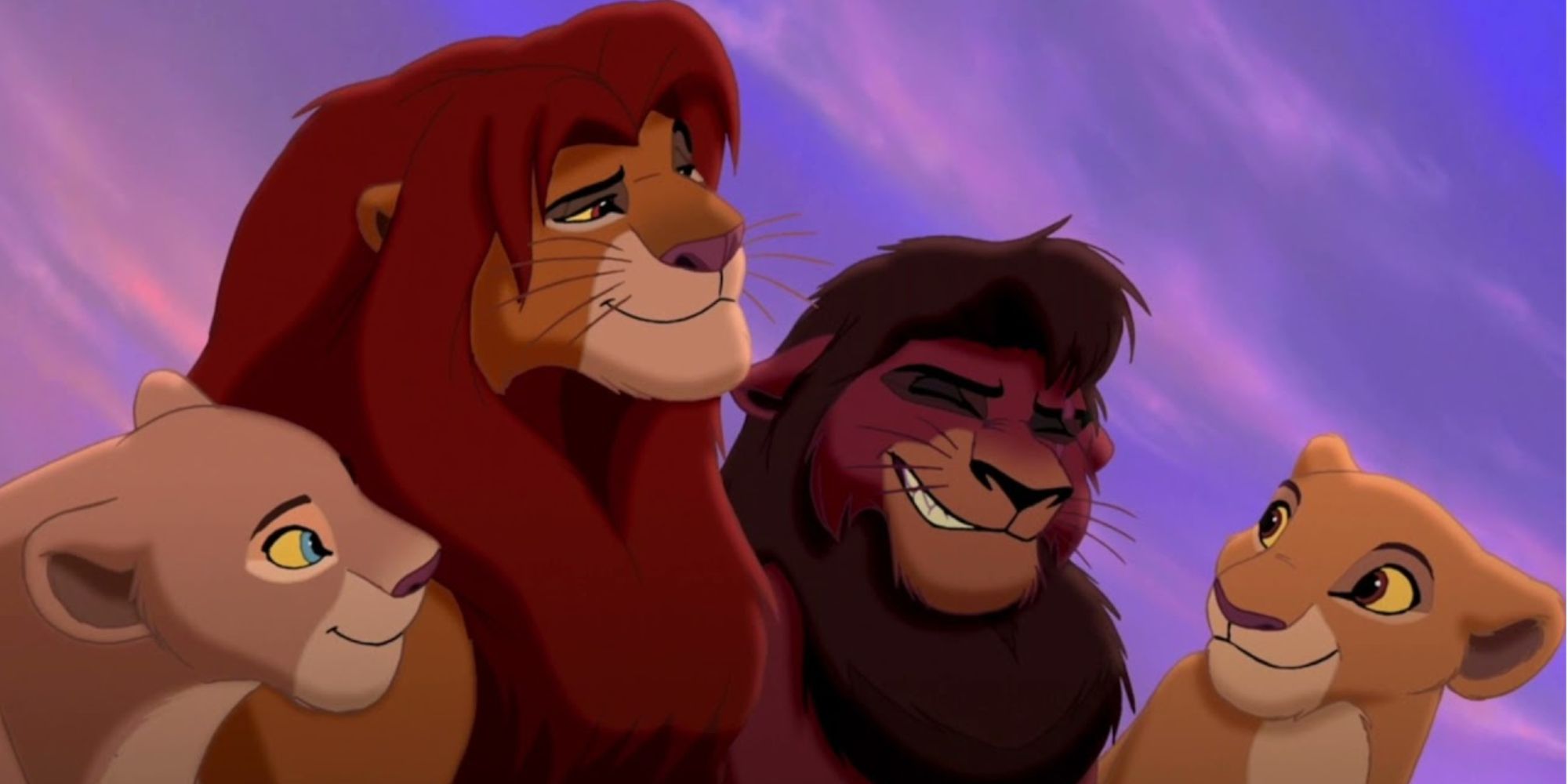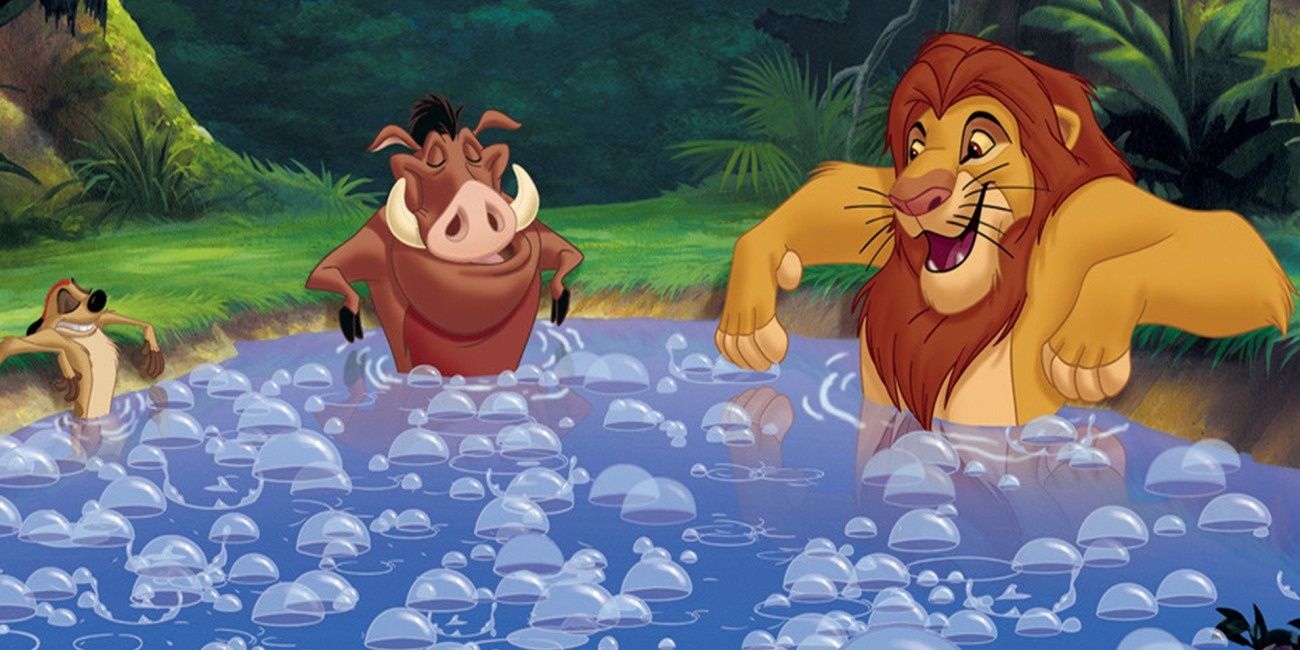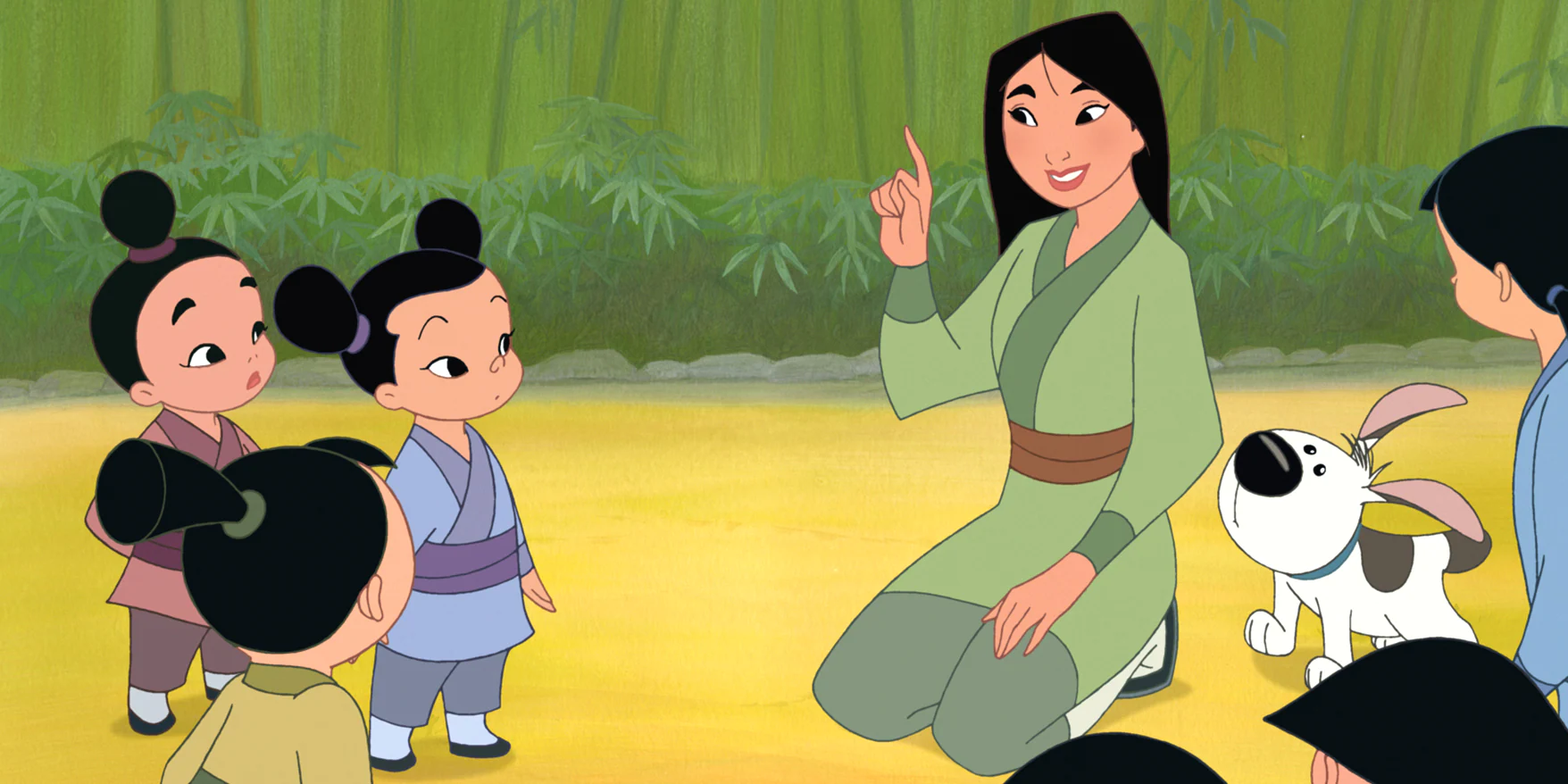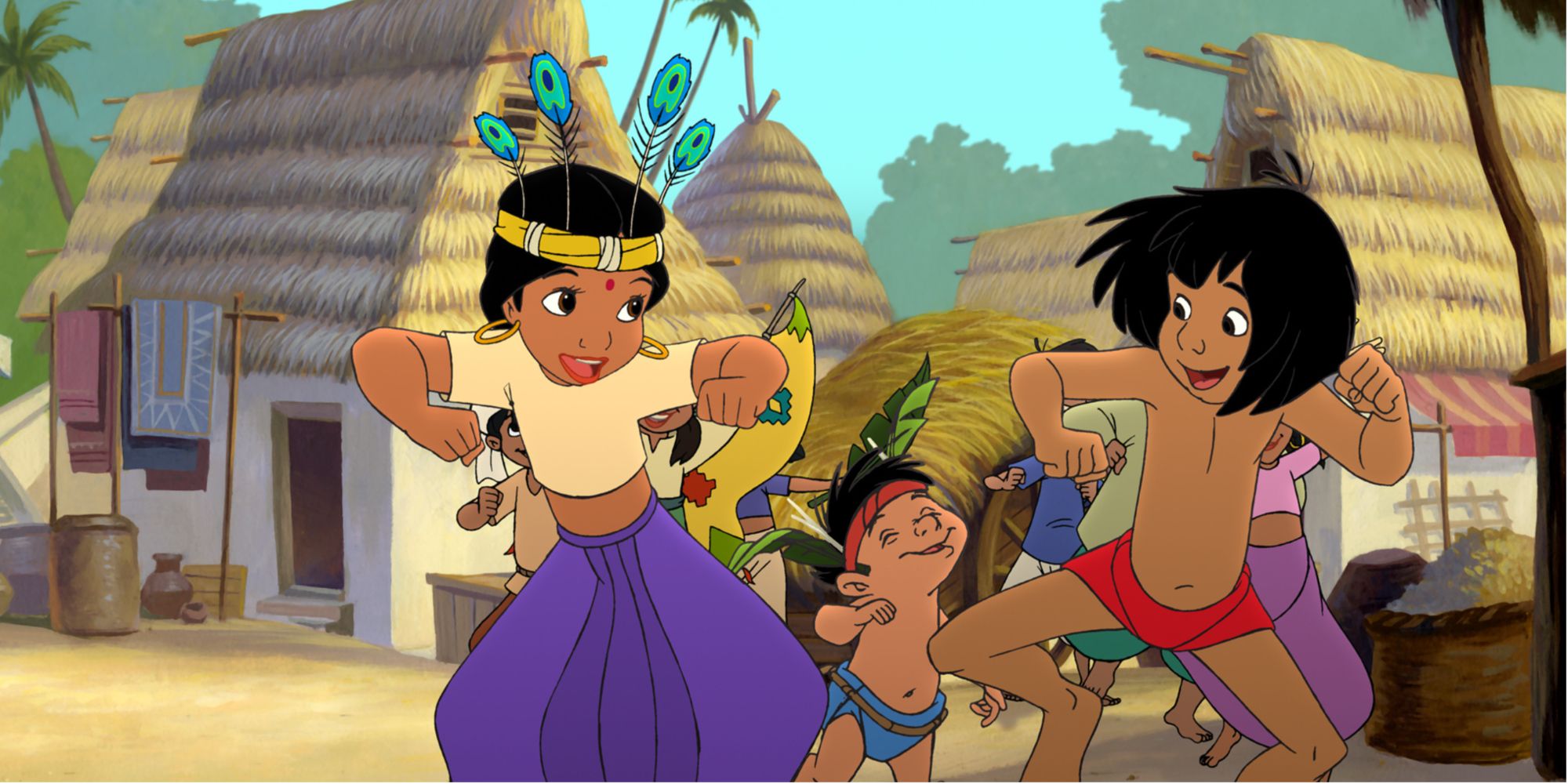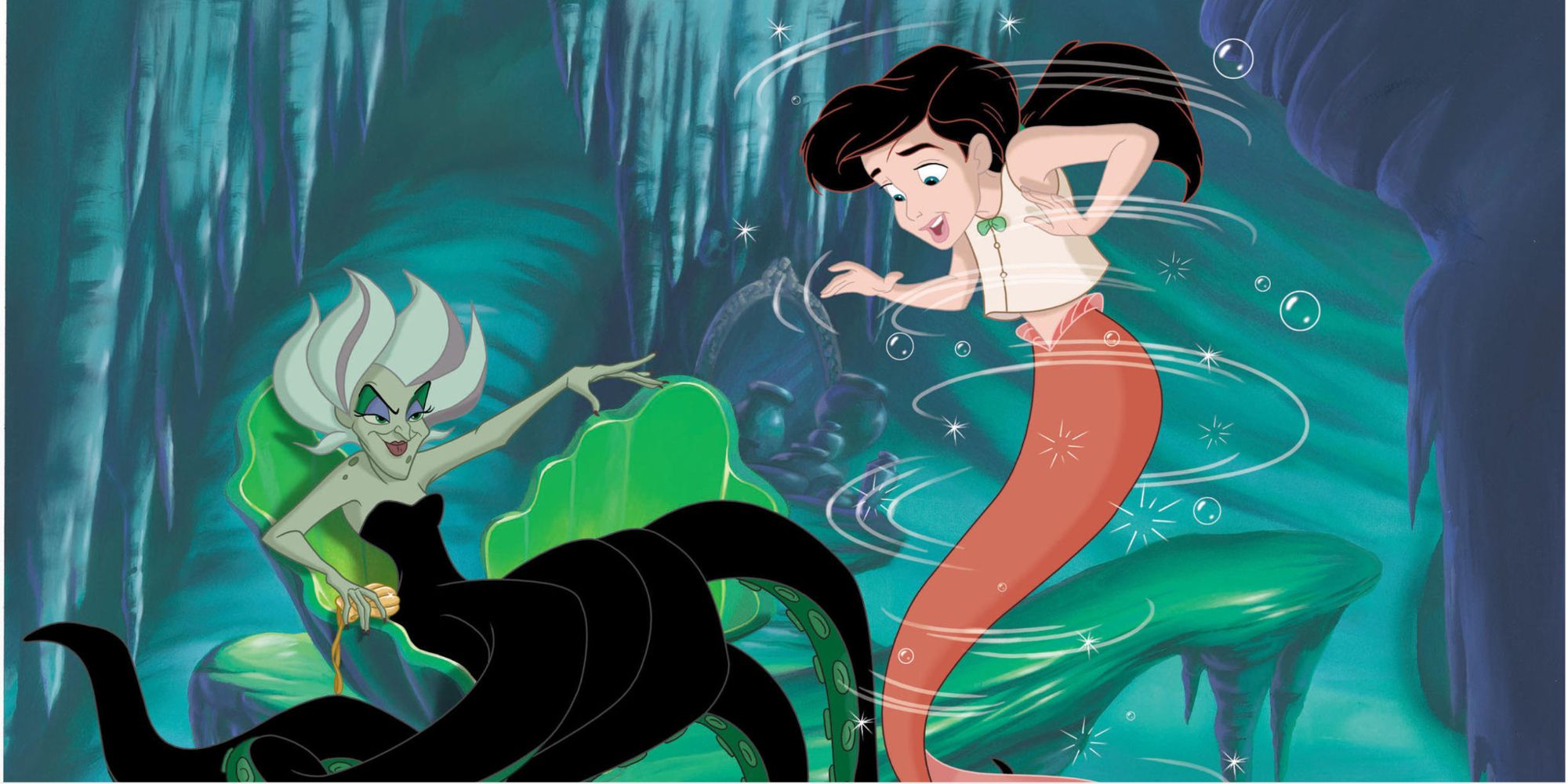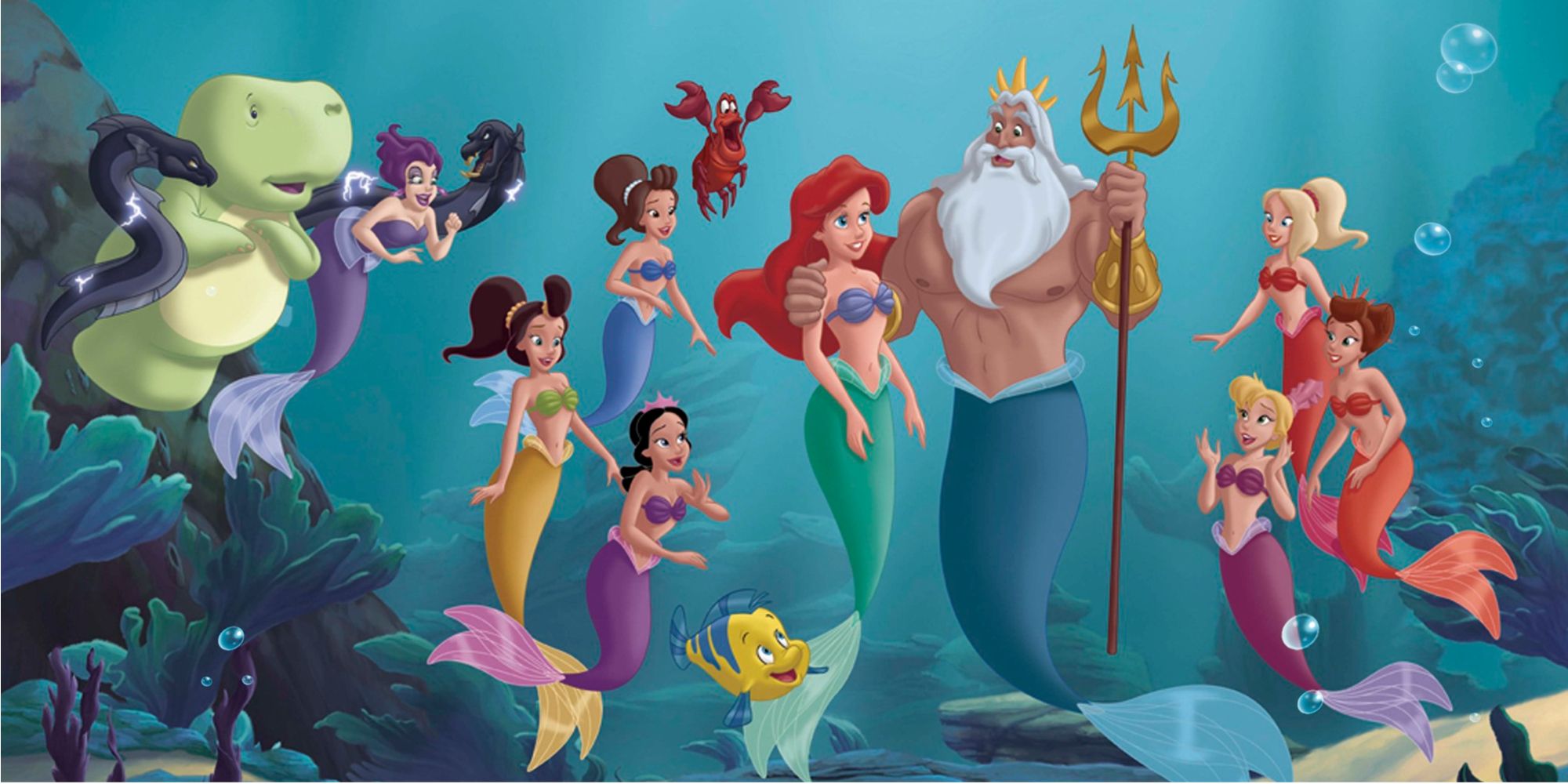Disney’s catalog of animated films over the years have become beloved classics quite unlike anything else. Films such as The Lion King, Aladdin and Beauty and the Beast were groundbreaking upon release and remain timeless. These films continue to resonate and mean so much to audiences due to their fantastical worlds, characters, songs, messages and association with childhood nostalgia. They are not just considered some of the best animated films of all time, but the best films of all time—period.
The late 90s and early 2000s brought on Disney’s trend of straight-to-video sequels to some of their most popular films. These were usually smaller in scale and contained less of a starry cast, opting for home entertainment releases and skipping theaters all together. They are without a doubt of lesser quality than their predecessors in terms of both storytelling and visuals, but there are a select few that are actually quite enjoyable. They may not hold a torch to the original, but should also not be so easily dismissed.
‘Peter Pan: Return To Never Land’ (2002)
Peter Pan: Return to Never Land is the sequel to 1953’s magical hit Peter Pan, the story of the boy who never grew up. The second installment is set during World War II, where Wendy Darling is all grown up and has a daughter named Jane. Captain Hook kidnaps Jane, mistaking her for Wendy, and brings her to Never Land in an attempt to lure Peter Pan. The film is an adequate return to everyone’s favorite fantastical island, with some fun new additions.
Jane works well as the headstrong and feisty protagonist, and there is some surprisingly stunning imagery and catchy new songs. Plus, the sequel manages to pack some heart-wrenching punches, including Tinkerbell almost dying. While not everyone from the first installment returns, such as the crocodile and American Indians (a good thing in this case, as 1953’s portrayal was severely problematic), there’s enough nostalgia and energy to make this a satisfactory return.
‘The Lion King II: Simba’s Pride’ (1998)
The Lion King is considered one of the greatest animated films of all time, so doing a sequel was always going to be a risk. While The Lion King II: Simba’s Pride is certainly not in the same league as the original, it actually stands as an incredibly solid movie in its own right. The story follows Kiara, the curious and free-spirited daughter of Simba and Nala. She befriends Kovu, the son of Scar and Zira, the latter leader of the outcast pride.
As they grow older the two become closer, and their relationship tests the feud between the two prides. Similar to how the first film was inspired by Hamlet, one could say Simba’s Pride is a retelling of Romeo & Juliet - minus the tragic ending. The songs are one of the film’s strongest elements and - controversial opinion - might be nearly as good as the original ones. The animation is also quite impressive, and is supported by a strong story. When it comes to video sequels, this might be the one to top.
‘The Lion King 1 ½’ (2004)
Disney didn’t stop at The Lion King II: Simba’s Pride when it came to exploring the world of Pride Rock and its characters. However, they didn’t travel down the conventional path when it came to their threequel The Lion King 1 ½. The film isn’t technically a sequel at all, but the original film as told from the perspective of Timon and Pumbaa. The film starts out with Timon leaving his meerkat colony in search of a new home, when he meets Pumbaa. The two search for a home together, which interweaves with the events of The Lion King.
What’s different about this film is that unlike its predecessors, it’s essentially is a straight-up comedy. It doesn’t take itself seriously at all, playing with perspective and continuous gags centered around emotional plot points from the original. It even breaks the fourth wall with Timon and Pumba watching the film in a theater, where Pumbaa sits on the remote and switches to the home shopping network.
‘Mulan II’ (2004)
1998’s Mulan is iconic for many reasons - its powerful message for young girls, fearless protagonist, masterful songs and Eddie Murphy’s performance as Mushu, of course. One might be turned off checking Mulan II because Murphy does not return as the tiny wise-cracking dragon, which is understandable. Despite this notable absence and a ridiculous zero percent Rotten Tomatoes rating (come on, that’s a bit harsh), there are still a lot of good things about the 2004 sequel.
Mulan and Shang, now engaged, are sent on a mission to escort three princesses to China for arranged marriages. Mulan finds her loyalty tested as the mission goes against her values of freedom and following one’s own heart. The message of girl power remains, and we get to spend more time with Ling, Chien-Po and Yao, the charming trio from the original. Murphy may be gone, but Sandra Oh and Lucy Liu are welcome additions to the cast.
‘The Jungle Book 2’ (2003)
Audiences have seen many takes on the enduring The Jungle Book story, from Jon Favreau’s live-action retelling to Andy Serkis’s Mowgli-centric take. Nevertheless, it’s Disney’s 1967 animated film that remains the golden standard. Years after the original came The Jungle Book 2, continuing the adventures of the famous man-cub. With a new story also comes a new cast, including Haley Joel Osment as Mowgli and John Goodman as Baloo.
Mowgli now lives in the man-village away from his old jungle friends. Missing them, he leaves the village, unaware that Shere Khan is out for revenge and therefore endangers everyone around him. Shanti, simply known as ‘The Girl’ who sings in the first film, is Mowgli’s best friend and becomes a more fleshed out character. New song ‘Jungle Rhythm’ is an absolute pop, while ‘The Bare Necessities’ is also revisited. Shere Khan’s presence is also just as menacing as it was last time.
‘The Little Mermaid II: Return to the Sea’ (2000)
While audiences wait for Disney’s upcoming live-action version of The Little Mermaid to be released, they could do a lot worse than checking out The Little Mermaid II: Return to the Sea, the sequel to the original animated musical. The film focuses on Ariel’s daughter, Melody, who lives in the castle on land with her parents. When Melody finds a locket which shows the kingdom of Atlantica, she runs away from home and escapes to the sea.
Melody is an adorable and endearing lead, with the same strong-willed characteristics as her mother. Everyone’s favorites such as Sebastain and Flounder are back, along with some new faces like Tip and Dash, a penguin and walrus duo. The highlight of the sequel is Ursula’s wicked sister Morgana, who is just as delightfully deranged as her sister. Even if it’s not at the level of its predecessor, this return to the sea is worth the trip.
‘The Little Mermaid: Ariel’s Beginning’ (2008)
Just like The Lion King 1 ½, Disney continued Ariel’s adventures with a third film in 2008 titled The Little Mermaid: Return to the Sea - but did so with a prequel. After the tragic death of his wife, who died while trying to recover a music box, King Triton bans music across his entire kingdom. Similar to how Kevin Bacon is tempted by the forbidden art of dance in Footloose, an older Ariel discovers her love for music.
When she stumbles upon an underground music club, she grows curious and is compelled to restore melody and harmony across Atlantica. While the premise itself is a little wild, the film has a lot of heart and emotional resonance, particularly surrounding Ariel’s late mother. It also has some great humor and pushes the comedic elements more than the previous installments, and Sally Field as Marina Del Ray makes for a highly entertaining villain.

